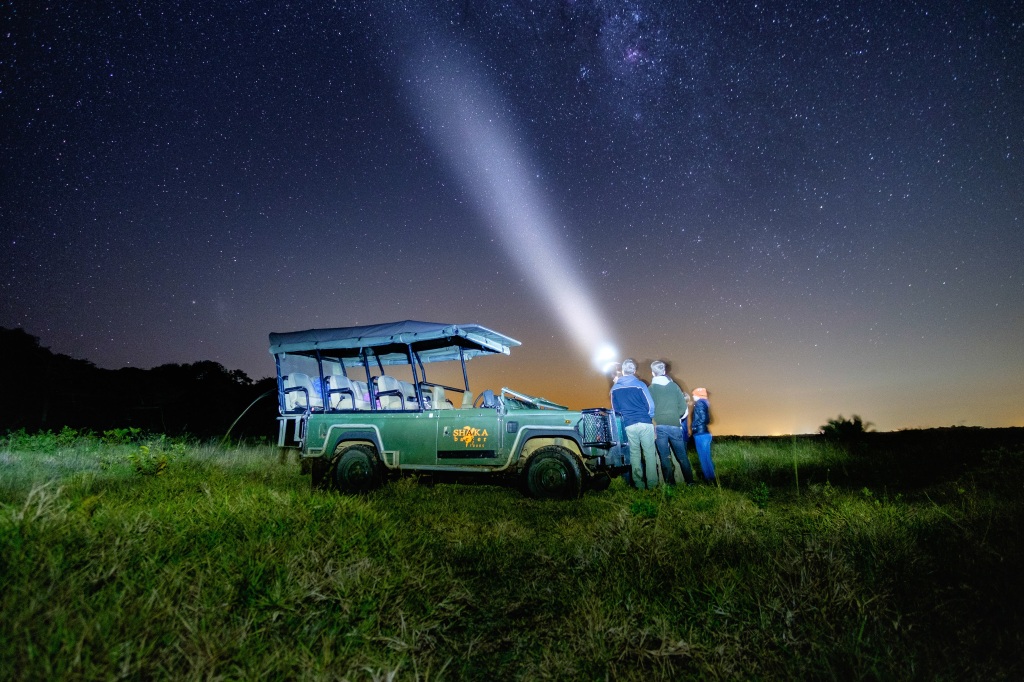This trip down memory lane reads a little like one of Roald Dahls famous children’s books – The iSimangaliso Wetland Park and Kian’s Giant Mushroom. Sometimes it is fun to look back to the news of yesteryear. April 2008, 12 years ago a trip into the iSimangaliso Wetland Park resulted in this rather unique discovery. With this chance encounter the iSimangaliso Wetland Park Authority was able to officially announce that its species list had grown due to the addition of this fungus sighting, thus increasing the Park’s biodiversity count.

The discovery was one of those random happenings when our ever-vigilant local tour guide (and owner of Eco Lodge) Kian Barker noticed what he thought was a piece of plastic lying in the bush while on a night drive in January and stopped to retrieve it. To the delight of Kian and his guests, the offending piece of litter turned out to be an unusually large mushroom.

Kian, keen to discover the background behind this fascinating find forwarded his picture to then iSimangaliso CEO Andrew Zaloumis, who in turn mailed it on to Durban natural historian Geoff Nichols. From here the picture began its journey into the Ethernet where it landed on a number of computer screens, one being that of Dr. Marieka Gryzenhout from the Forestry and Agricultural Biotechnology Institute at the University of Pretoria.
It would appear that the identification and classification of fungi is both difficult, and in a state of ongoing fluidity, and as a result very few scientists in South Africa are currently doing research in this field. For this reason, the answers to this fungal conundrum did not lie in South Africa, but rather further afield. Luckily for Kian and his discovery Marieka knew exactly who to forward their find on to! So, the picture journeyed from Marieka’s computer to the National Herbarium of Victoria in Australia, and then onto the desk of senior Mycologist (Mycology is the study of fungi) Dr. Tom May, curator of fungi, who identified iSimangaliso’s mushroom as Macrocybe lobayensis.
That fungus discovery made an approximate 20,840km round trip before Kian had a name for his mushroom. Pretty impressive all in all! By this stage the picture had also been circulated via the Internet to amateur fungus-lovers all over Southern Africa and had caused somewhat of a stir. This is because it is one of the species of fungus known to produce the largest mushrooms. A mushroom is the common name given to the fruiting body of a fungus.
The genus to which our iSimangaliso Macrocybe belongs has a pantropical distribution. This means it occurs in tropical areas around the world and is usually found in grasslands. It is highly unlikely, however, that this species has been previously recorded in iSimangaliso, and its occurrence here, a mere 4 kms from the town of St. Lucia may also establish a new distribution record for South Africa as a whole. It is almost assured that iSimangaliso holds many more fungal treasures, so far undiscovered, as approximately only 4% of SA’s fungi are known to science!